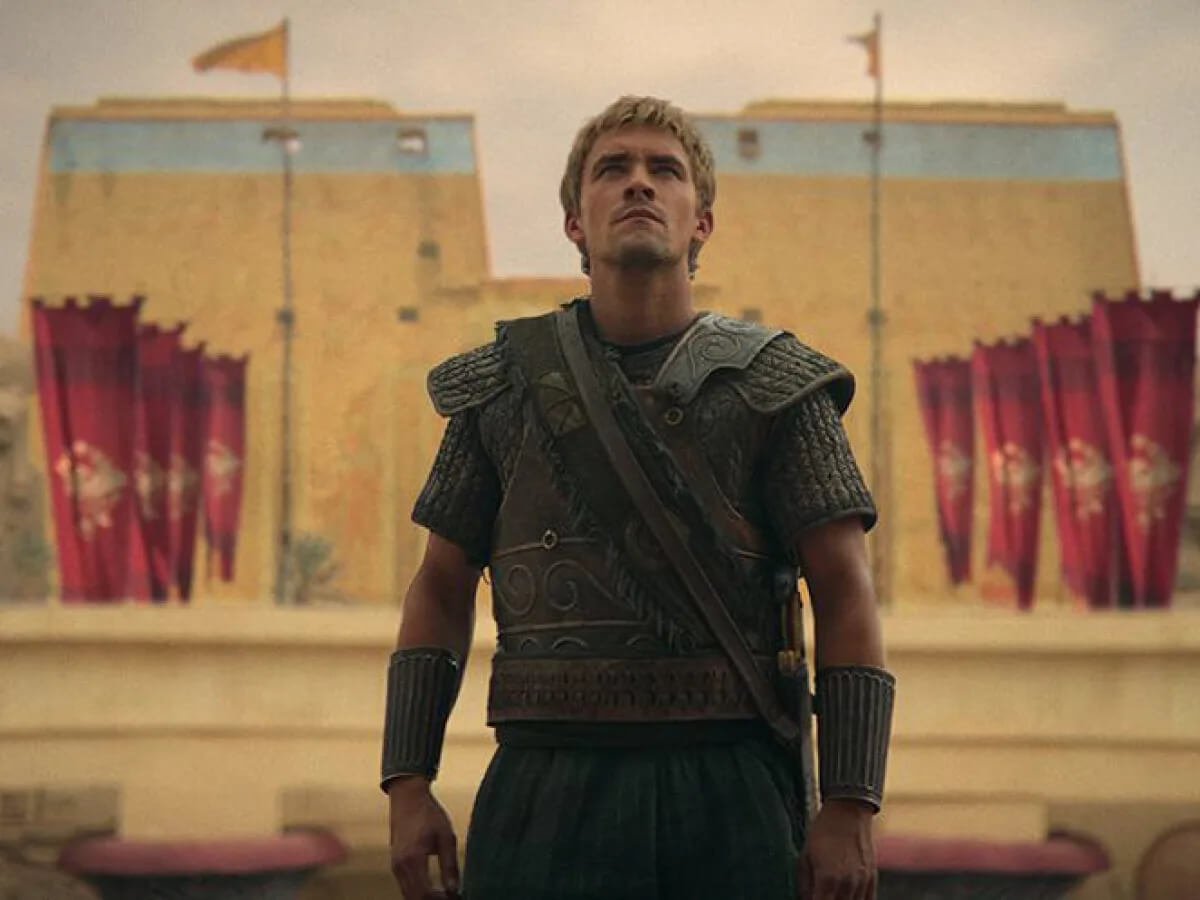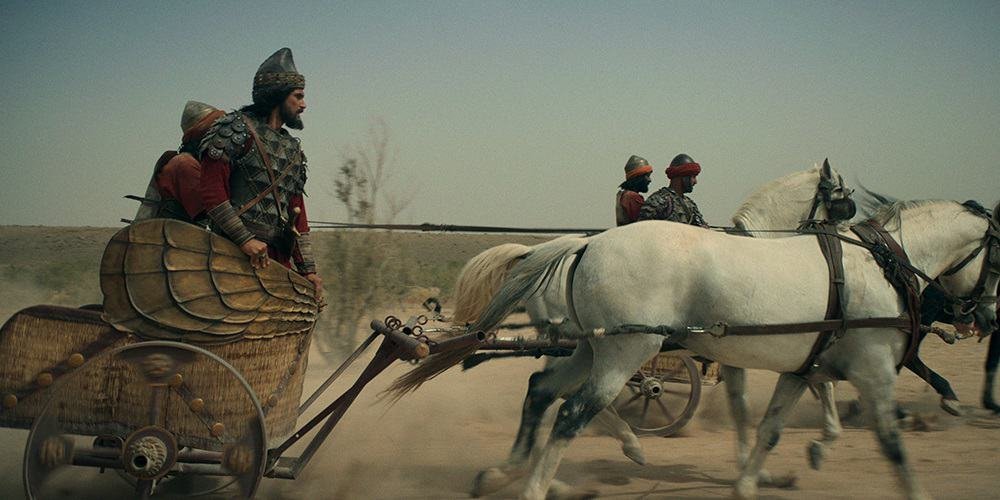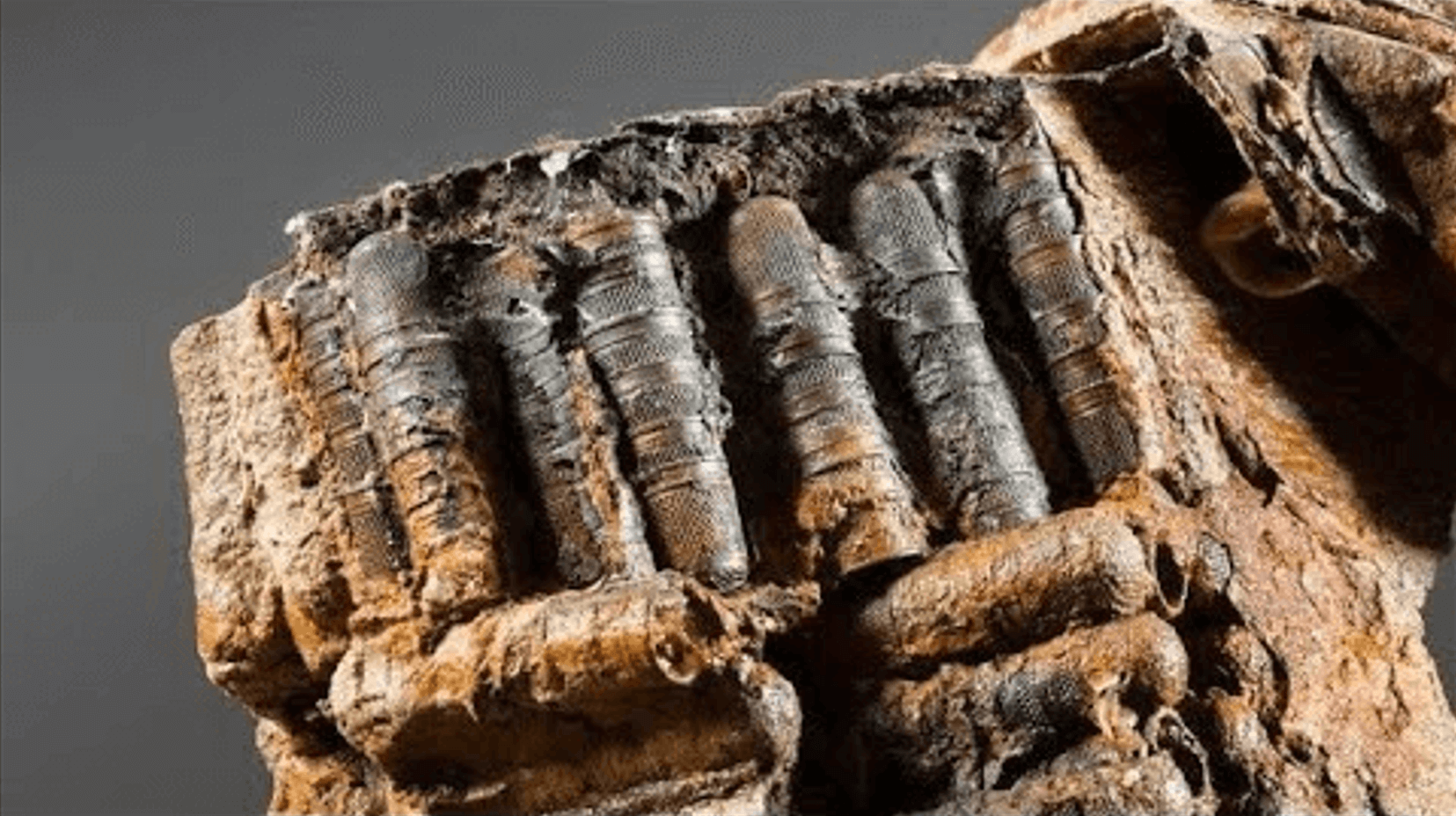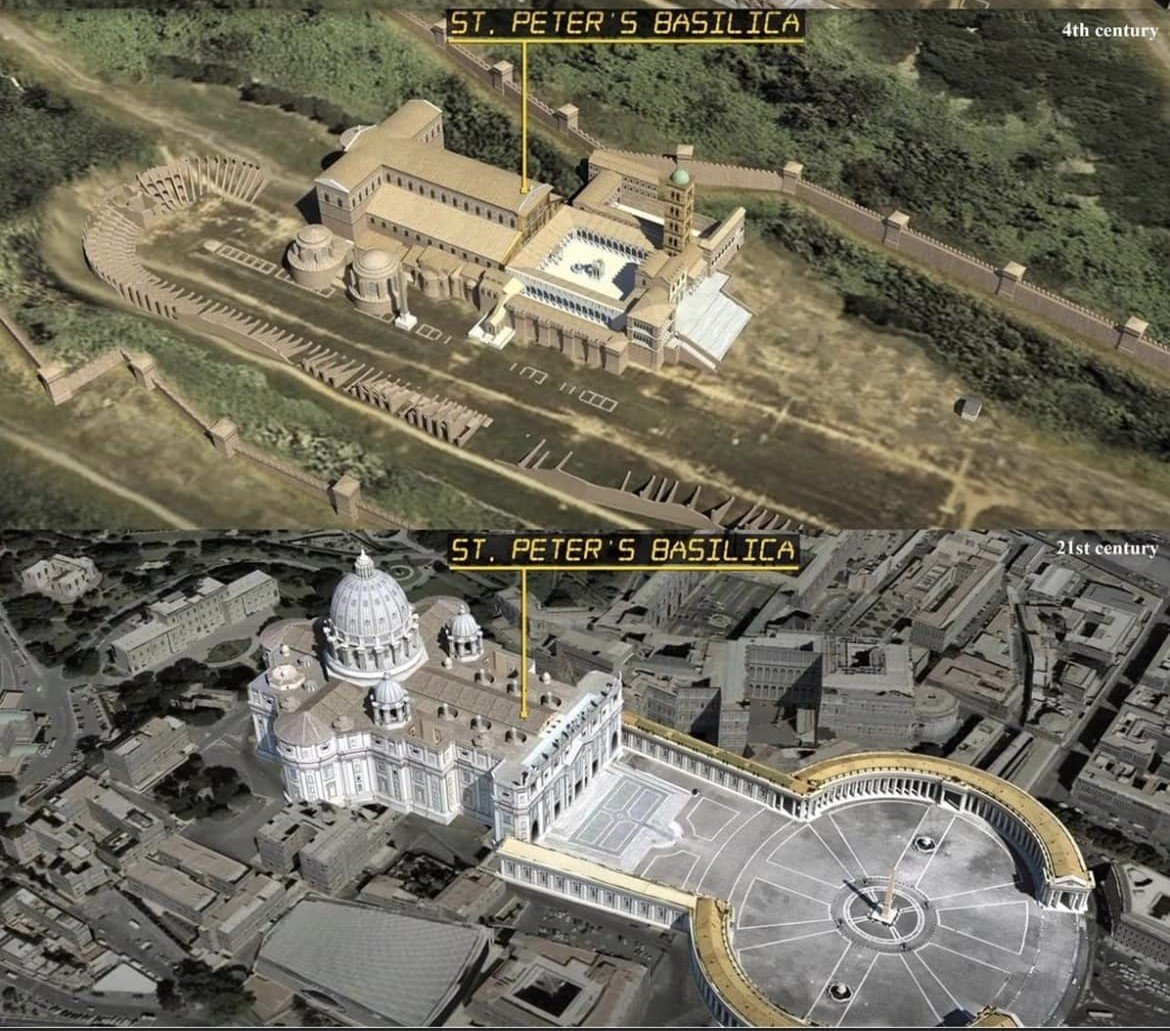In the annals of history, the ancient practices surrounding death and burial rituals have often held a profound fascination for archaeologists and historians. Recent findings at Los Zumacales and La Lora in northern Spain have unveiled a mysterious and perplexing burial practice that occurred around 6,000 years ago. The discovery of defleshed and dismembered corpses within massive stone tombs has shed new light on the enigmatic funerary traditions of this bygone era.
A Glimpse into the Past
The monumental stone tombs at Los Zumacales and La Lora, unearthed several decades ago, have yielded a treasure trove of insights into the lives and deaths of the individuals who inhabited the Iberian Peninsula during the fourth millennium BC. A recent study, published in the International Journal of Osteoarchaeology, delves deep into the burial practices associated with these colossal tombs, seeking to unravel the social and natural processes that led to the peculiar state of the remains.
The Astonishing Discovery
Through meticulous examination of the skeletal remains, researchers, led by Angélica Santa-Cruz from the Universidad de Salamanca in Spain, made a startling revelation. Between 70 percent and 90 percent of the bones interred within the megatombs bore evidence of fracture and fragmentation. Notably, some of the fractures exhibited what can only be described as "butterfly-shaped" breaks, hinting at the possibility that they were created post-excavation using stone tools.
The Findings and Their Implications
The implications of these findings are nothing short of extraordinary. It appears that the ancient people who inhabited these regions practiced a form of secondary reduction on the remains following their initial deposition. This evidence raises numerous questions and theories about the motivations behind such a funerary practice.
One hypothesis suggests that this post-mortem manipulation of bones may have been part of a "death management process." It is conceivable that this practice was intended to expedite the natural decomposition of the bodies, with certain bones possibly collected and venerated as relics—a way to ensure the deceased's spiritual journey continued. This theory aligns with similar practices observed in various cultures throughout history.
However, there exists another, more unsettling possibility. The cut marks and fractures on the bones could also indicate signs of post-death cannibalism. While such a claim must be made cautiously, previous studies in ancient northwestern Europe have documented instances of this practice. It serves as a stark reminder of the complexity and diversity of funerary customs in different cultures and time periods.
The Quest for Understanding
Despite the tantalizing insights offered by this discovery, the exact motivation behind these ancient practices remains elusive. It is here that the scientific community calls for further research and investigation. To gain a comprehensive understanding of the funerary practices of the time, it is imperative to conduct additional studies on bones from tombs in the surrounding area.
The ancient stone tombs of Los Zumacales and La Lora have unveiled a chapter of history that is both captivating and enigmatic. The defleshed and dismembered corpses discovered within these imposing structures offer a glimpse into the complex world of ancient burial rituals. As we strive to decipher the motivations and beliefs that drove these practices, one thing remains clear: the past continues to surprise us, challenging our understanding of the human experience and the mysteries of the afterlife.






































